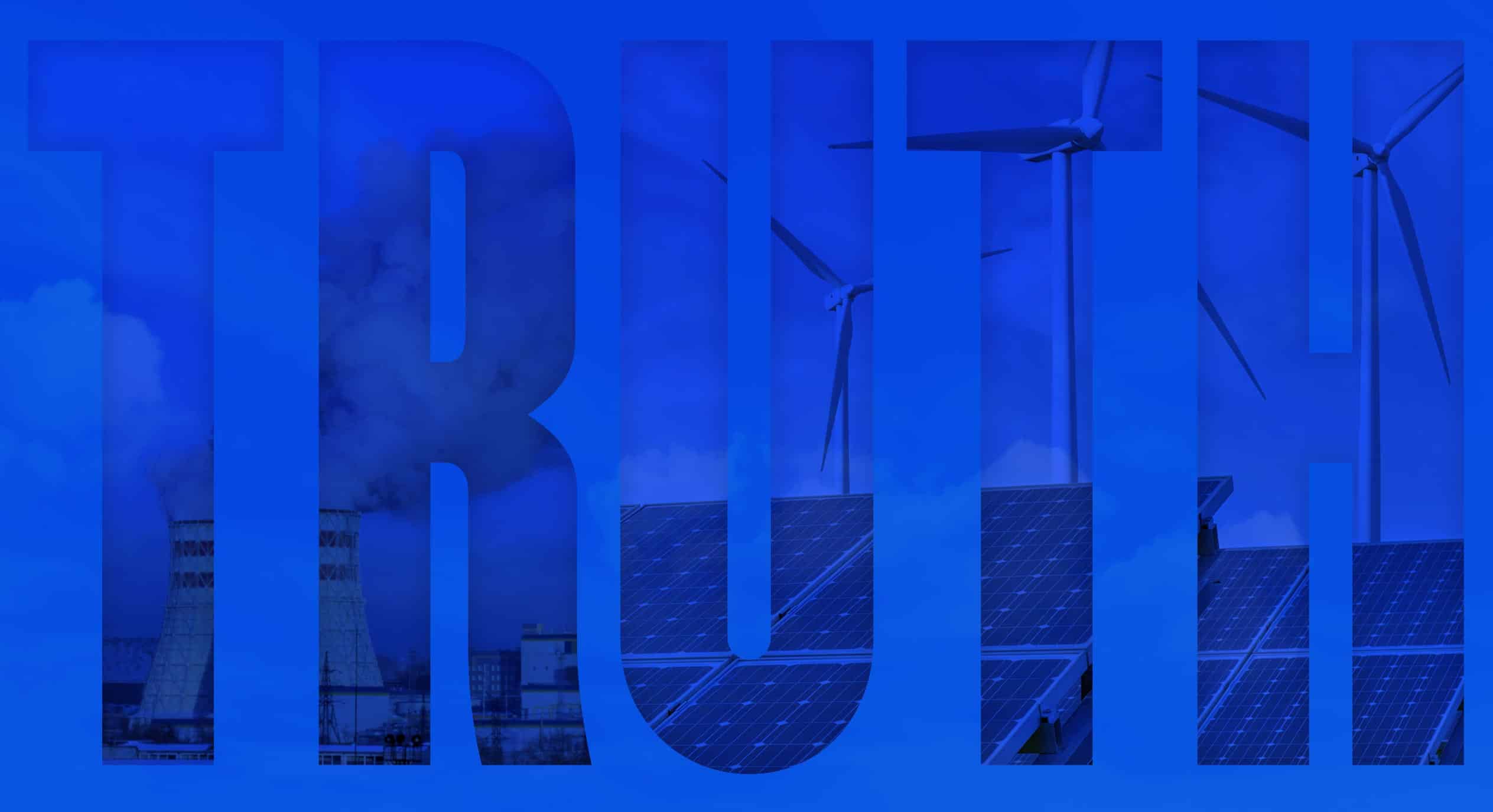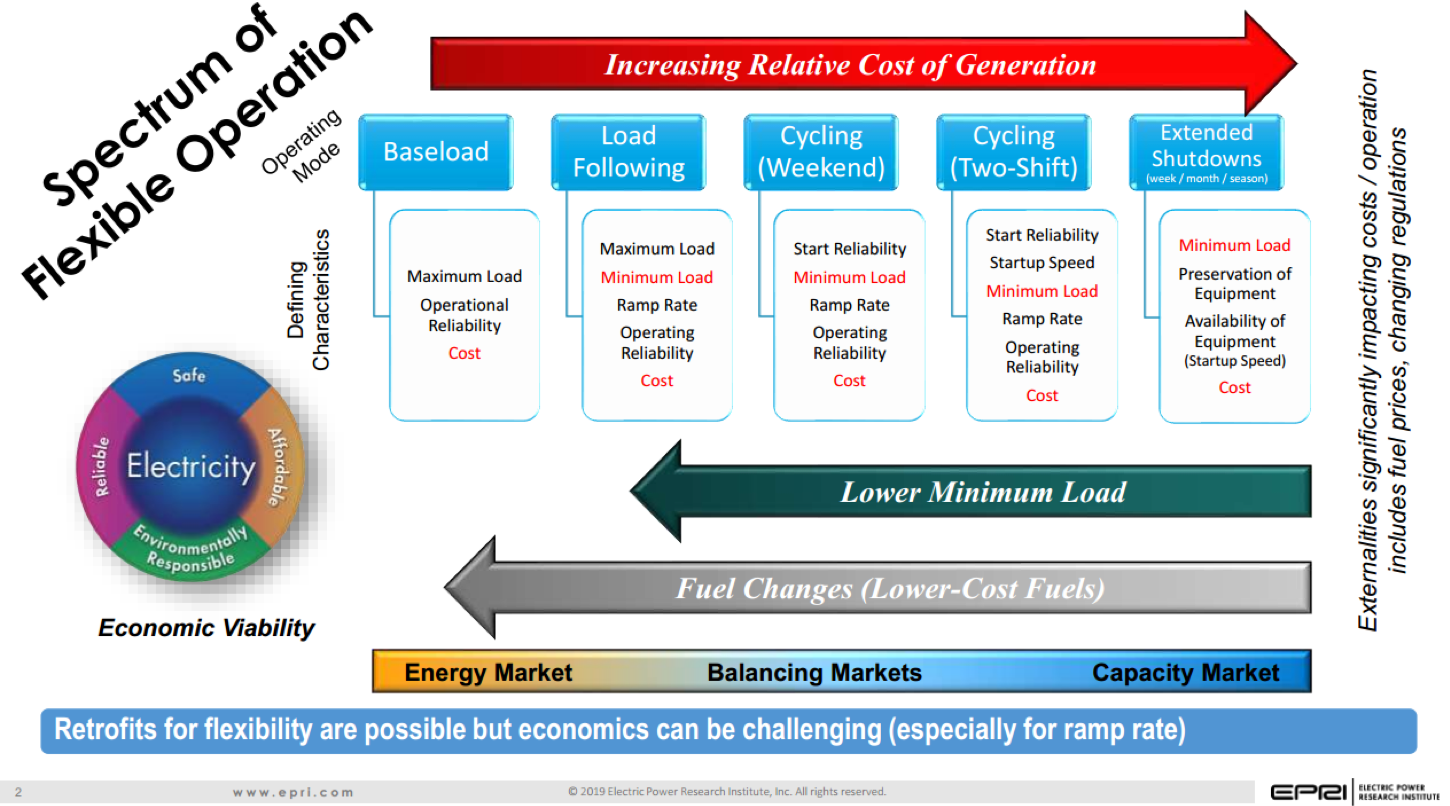
To reach our clean energy future, we must stoke thermal power plant transformation today.
The power industry’s growing acceptance of variable energy resources and a clean energy future is a telling nod to its changing energy landscape in the coming decades.
It’s a smart and welcome maneuver for an industry that has traditionally struggled to evolve from conventional and archaic ways of thinking to adjust with changing times. The proponents of clean energy resources would have you believe that the change is not happening fast enough. However, lessons learned from the rapid retirement of coal plants and their stranded assets have clearly demonstrated that there are financial risks to investors and a shortage of reliable energy to meet demand. For example, ERCOT reserves dropped below 2300 MW forcing the Texas grid to call for energy emergency and the per unit price hit was $9000/MWh in summer 2019.
Navigating the Thermal-to-Variable Power Transition
The combination of low-cost natural gas generation, technological developments, grid modernization, falling prices of variable energy resources, and behind-the-meter efficiency management will speed the transition to a clean energy future and maintain the system reliability through the transition period. In other words, we must focus on the entire value chain — generation + distribution + consumption — to achieve our clean energy future.
That said, now that the industry has embraced the strategy to transition toward a clean energy future, it must stabilize the generation component of the entire value chain. The influx of unreliable variable energy resources, rapid decline of coal fired generation, and reduced capacity factor of gas-fired generation have created a true risk to the system reliability. Natural gas fired generation is critical to supply clean, efficient, and flexible power to maintain the system reliability and to speed up coal retirement. Utilities such as Duke Energy have recognized the importance of gas-fired generation to maintain reliability during the transition period.
Investors, however, are concerned about the long view of investing in new gas plants considering past mistakes during which the capacity factor of existing gas plants have been significantly reduced, or in some cases, the assets have been stranded all together.
We must consider the alternative. Transform the existing gas plants to generate clean, efficient, and reliable energy during the transition period.
Without transforming thermal plants into the bridge to our clean energy future, the development and integration of variable energy resources would become difficult, and the road to our clean energy future will become bumpy at best, impassable at worst.
How We’re Leading the Transformation
After three years of leading ST Power Services, and decades of experience in the global power industry, it has never been more apparent to me that gas-fired power plants are the backbone to power industry transformation. In fact, it’s a revelation that fundamentally impacted how I’ve repositioned my company to serve the energy sector (If you didn’t read last month’s newsletter announcing the strategic shift in services, you can find the piece here.)
Thermal power plant transformation is a daunting objective on many fronts. But it’s achievable with a clear strategy to implement a flexible operating model and maximize the total asset value by generating cost-effective, efficient, and reliable power.
We have transformed simple cycle, combined cycle, and cogen plants by upgrading their plant control systems, implementing dual-fuel operation capability, improving operational and commercial efficiencies, and redefining cost-effective O&M strategy. Working at these power plants, we learned valuable lessons about the knowledge and work ethic of O&M teams, potential life cycle of core equipment, and economic viability of the assets. The majority of these assets were uncompetitive because a) their operating models were outdated, b) they were participating in a difficult market, c) their cost of generating per unit of electric energy was significantly high, and d) of inherent operational and commercial inefficiencies. All these causes, with the exception of market conditions, can be corrected to make the asset competitive and ultimately profitable — producing clean power and maintaining reliability.
When developing your plant transformation strategy, you must consider a pragmatic approach to identify all potential areas to transform and then focus initially on the most critical areas for implementation. In our experience, redefining the operating model and workforce development yields the most benefit in relatively short term.
- Operating model Operating models of natural gas-fired plants have essentially moved from baseload operation to cyclic operation in direct relation to the shift in market structure – Capacity Market to Energy Market. This fundamental shift requires smart investment to upgrade aging technology to improve operational capabilities and to reduce O&M costs to maximize the total asset value. Also, the shift has a direct impact on the plant O&M team that must evolve with the changing operating model. EPRI has brilliantly summarized the evolving nature of operating model across the range of flexible operation and how it can affect the economic viability of a plant.

Courtesy of EPRI
- Plant workforces need a boost: The aging workforce is at the cusp of retirement, feeling vulnerable amid plant closure, or feeling under prepared for the changing power industry. The chatter from the front lines is rather disheartening: coal plant workers see no future in the industry, O&M teams at gas-fired plants are struggling to stay focused, and their low morale is affecting productivity. These are serious issues that require plant owners to make concerted efforts on workforce development and to improve the overall culture of the organization.
In summary, existing gas-fired plants can fundamentally transform in the areas of total asset performance, obsolescence management, and business process management in a short period of time and for relatively small investment. They are in a unique position to offer a competitive alternative to a new gas plant and become the most reliable bridge to our clean energy future.
The ST Power Services team is here to share our highly innovative and hands-on approach, including our Toolkit for Thermal Power Plant Transformation.

